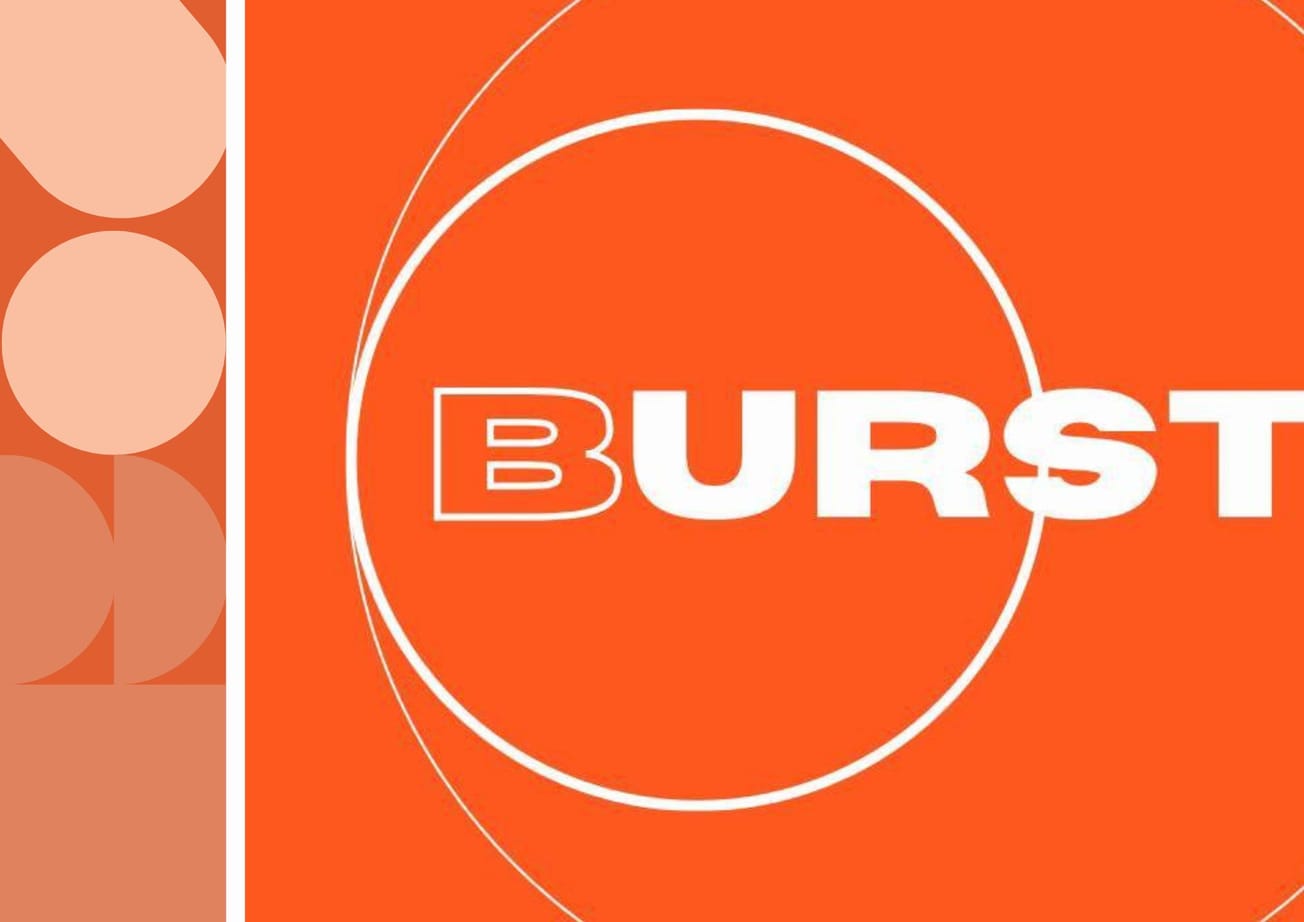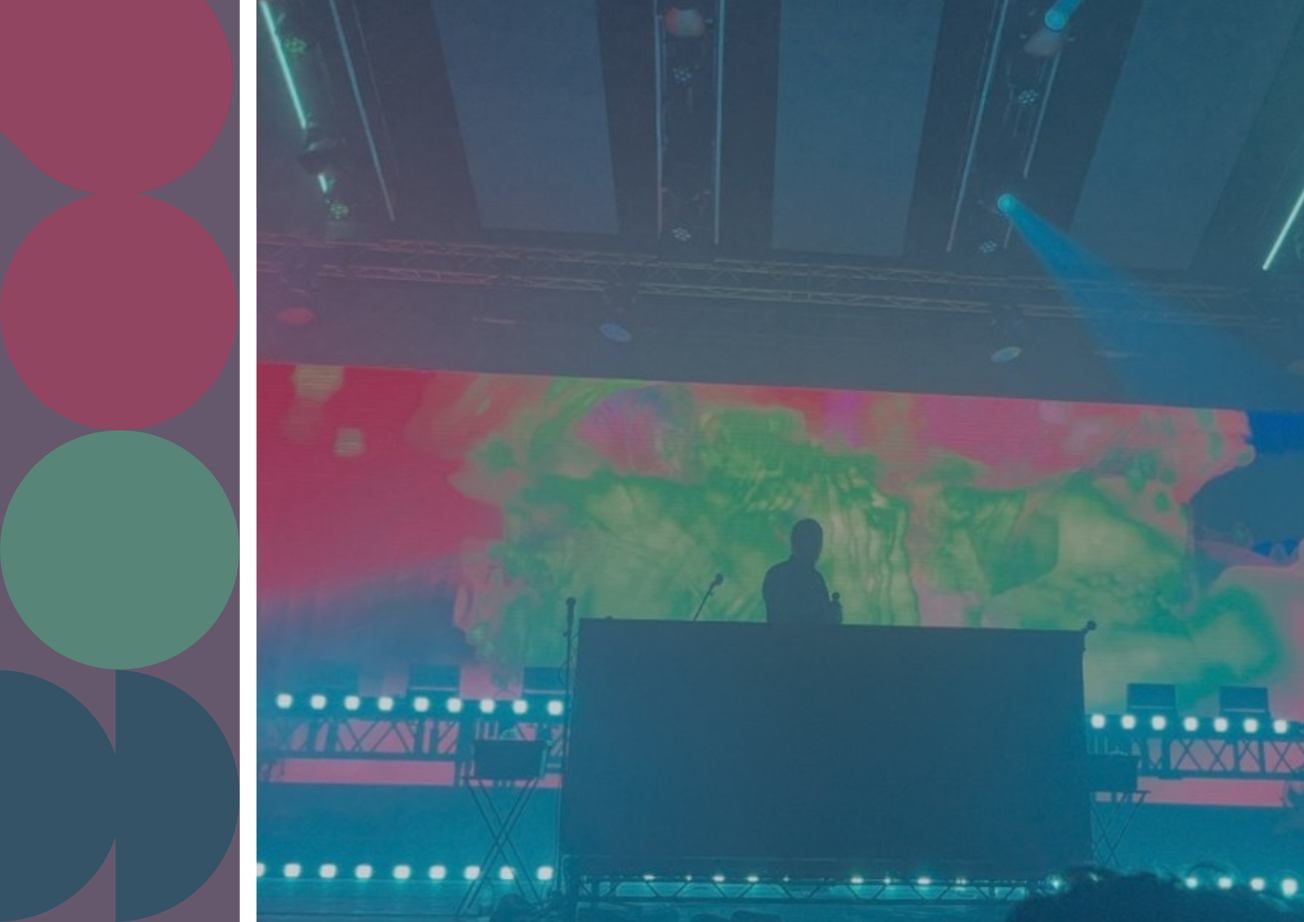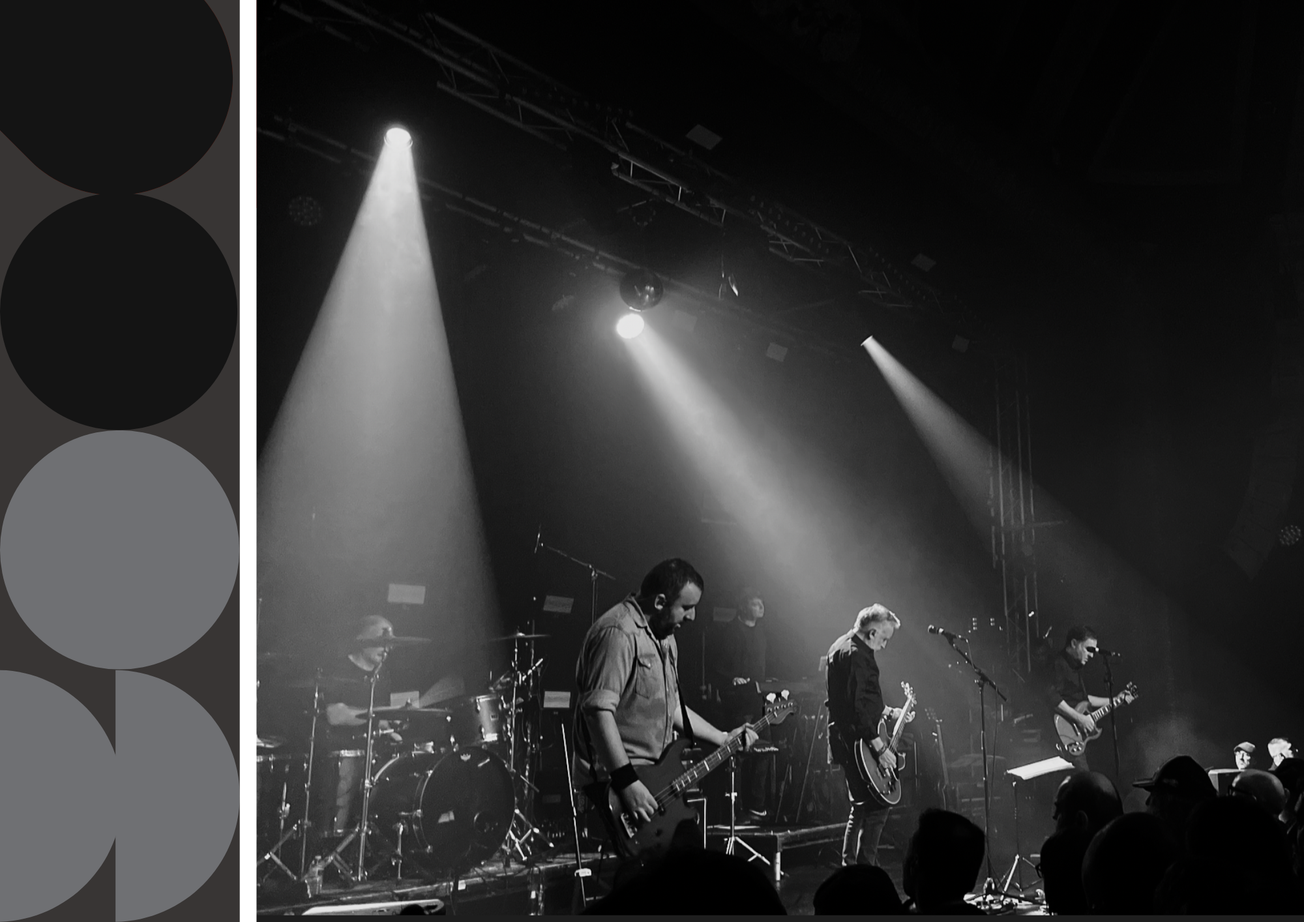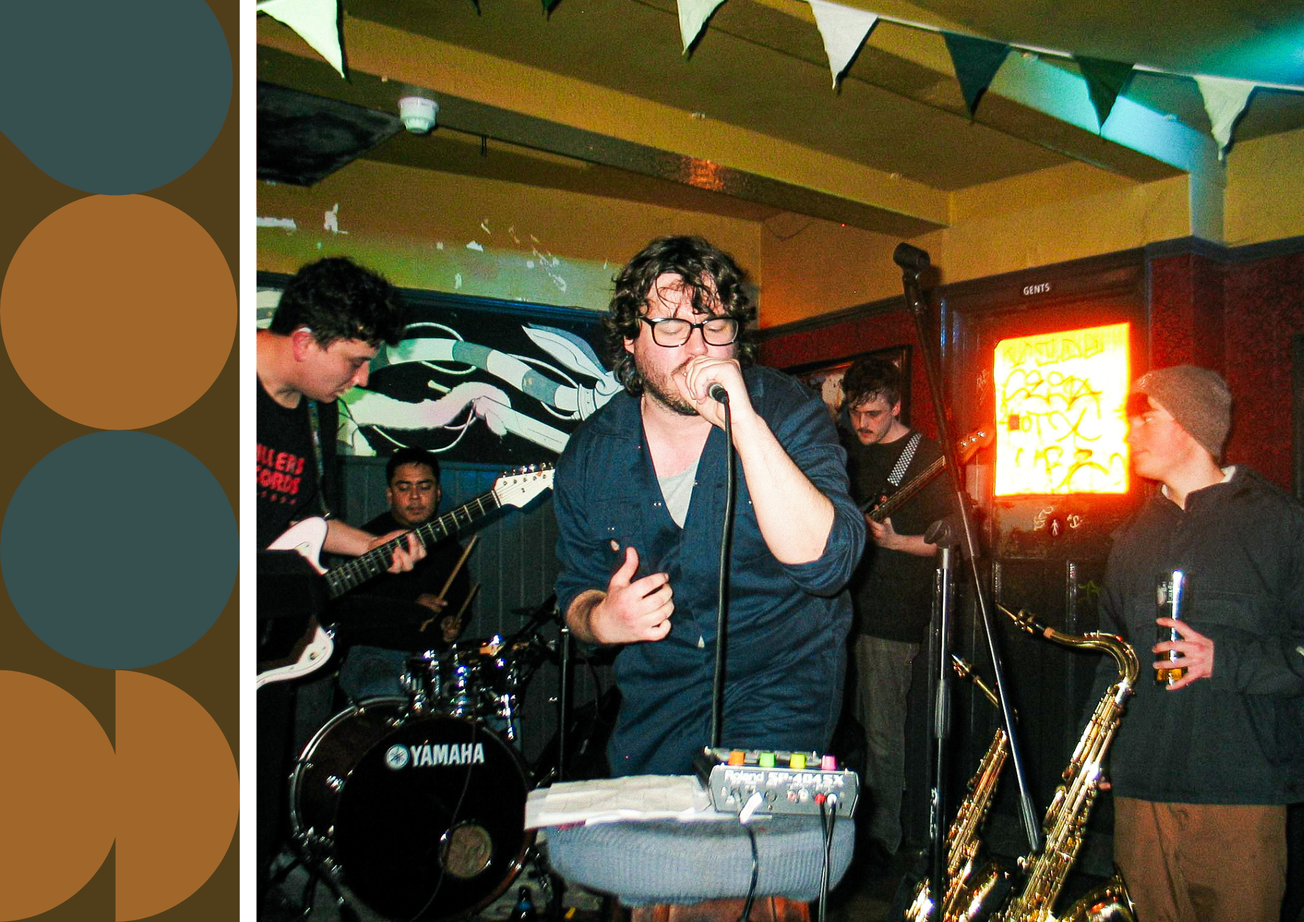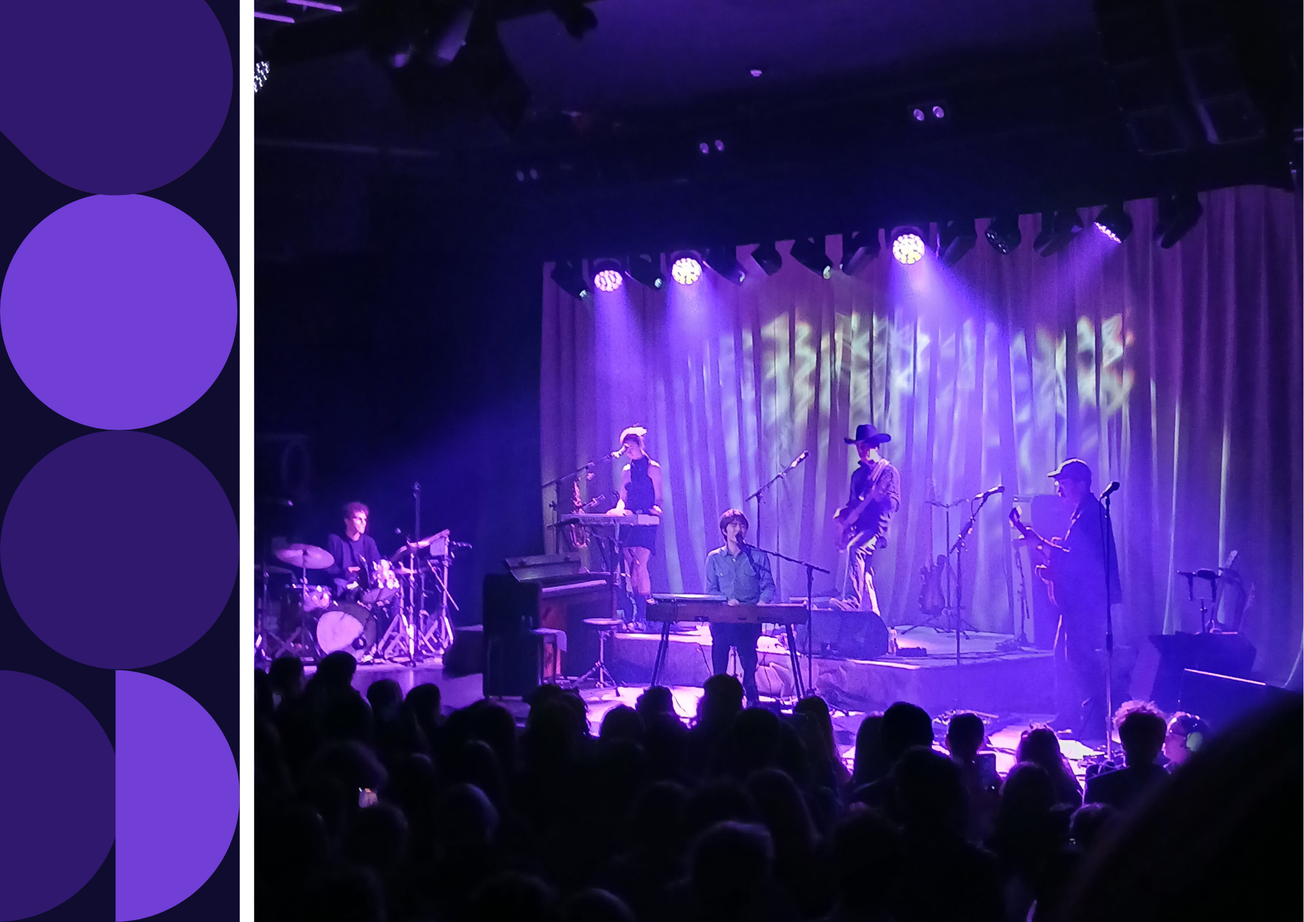By Alice Graham, Third Year English
With cable TV being ousted out by streaming giants and just about everyone launching a podcast about who knows what every other week, it's easy to assume live media has gone extinct. Sitting down with BURST, the university's student radio station, Epigram finds out why this myth needs debunking.
With local stations shutting down and harsh articles criticising radios relevance, you would be forgiven for assuming radio broadcasting is a dying medium.
But, you might be surprised to learn, in reality radio is very much alive and well. In fact, here in the UK a record 50 million people tuned in last year – that’s 89% of the adult population. And it's not just older generations clinging to the ways of the past; young people are still listening too.
Back in 2018, RAJAR found that half of 15-24 year olds were tuning into live radio each week. In comparison, Ofcom found that, in 2024, only 20% of the adult population were listening to podcasts.
Despite popular misconceptions, it is clear that the radio still thrives amongst young people and the University of Bristol’s very own BURST Radio is just one example of its enduring appeal.
BURST radio, the student-run radio station broadcasting daily from 9am-9pm, demonstrates that students aren’t just interested in listening to radio, they’re interested in being a part of it too.
Epigram sat down with BURST to find out more about why radio still appeals to students, contrary to the circulating myths.
BURST Station Manager Heather Burt, a Third Year Economics student, argues students are interested in listening to independent radio stations in order to hear from a greater variety of voices, especially at a time when media is becoming increasingly streamlined and mainstream.
'There’s less and less independent media, especially grassroots organised independent media, and I think it’s important to expose yourself to a variety of opinions and music genres. Everything seems so algorithmic nowadays, and so you never get a chance to broaden your horizons’.
Operations Manager Saskia Freeman, a Third Year History student, supported, ‘I think it’s good to hear from different creative outputs and from all of the talented, creative people at the university. We are the voice of this generation of students', highlighting the importance and value of listening to fellow students.
Both spotlight the value of BURST not just as a listening experience, but as a platform for community and creativity.
This was reflected in comments from radio show host Zoe Lieberman. who suggested the importance of connection whilst ‘in university, where students experiencing feelings of isolation or loneliness often get overlooked’.
She explained, ‘radio offers a form of connection which doesn’t need to be asked for. It’s just there for when you need to hear a voice in your head other than your own.’
In an age where music and news can be accessed so readily, Zoe recognised the unique charm of live radio:
‘Radio offers a form of diversification: a reminder of the other versions of ourselves we can be when we tap into different music, new voices and a variety of headlines. Radio is essential to the human experience of connection, real connection, with real technological issues, live slip ups, and a real, non-AI voice - which is what we need more of in this day and age.'
In a time when media habits are constantly evolving, it’s clear that radio continues to adapt and resonate with younger audiences.
The vibrancy of student stations like BURST shows that radio is not just surviving but thriving in new and exciting ways. Whether as listeners or contributors, students are engaging with radio for the same reasons it has always been popular: connection, creativity, and community.
So, are students still listening to the radio? The answer, overwhelmingly, is yes – and they’re helping to shape its future too. Radio isn’t just a relic of the past; it’s a dynamic, evolving media with plenty more to give.
Featured Image: Burst RadioAre you a BURST radio listener?

